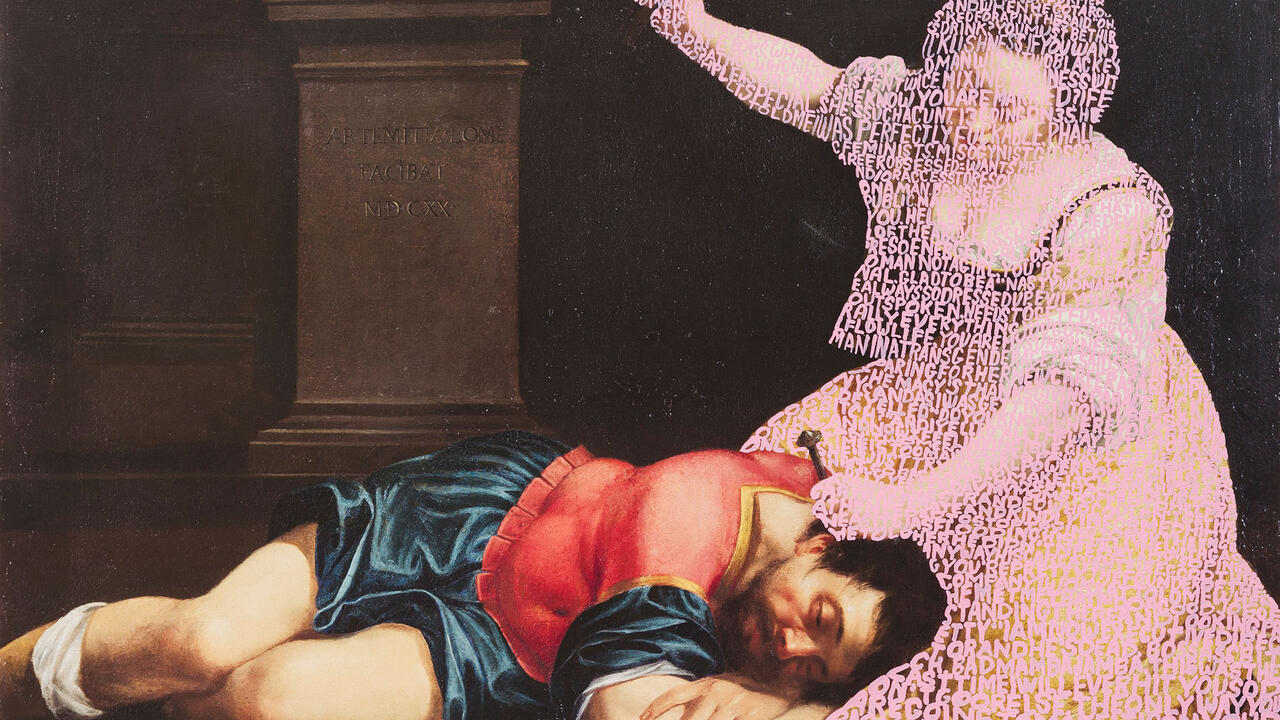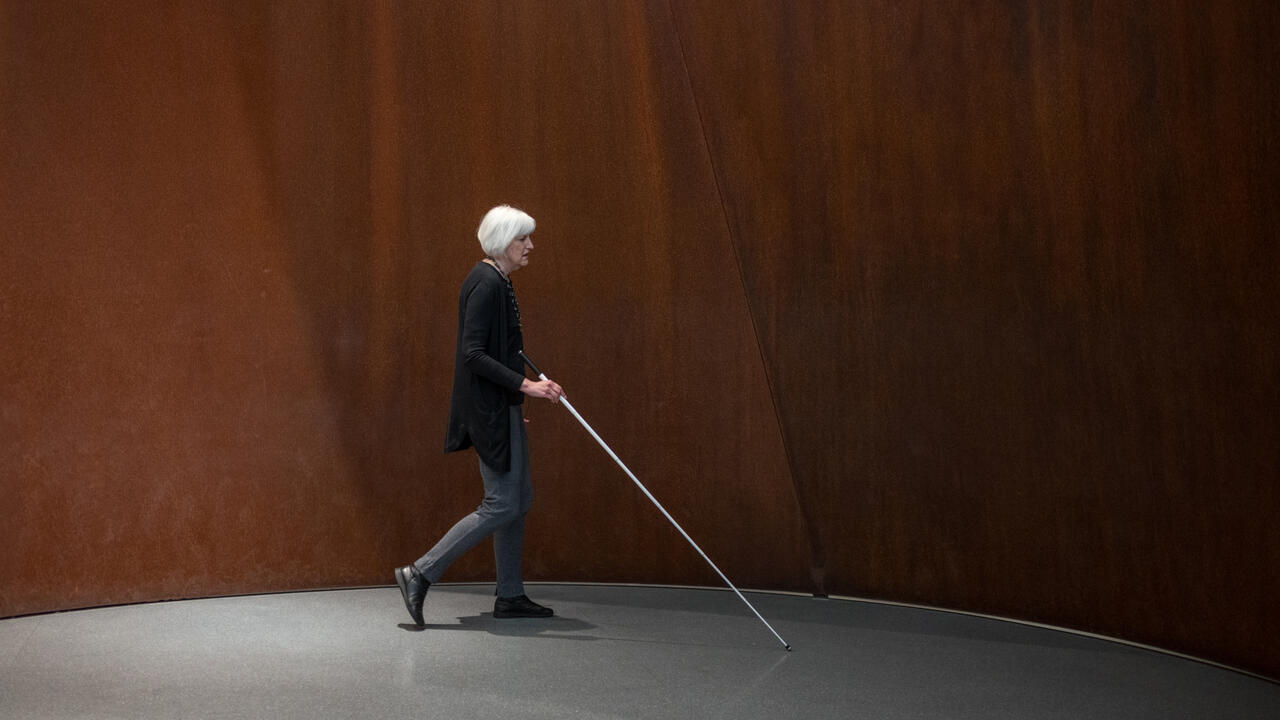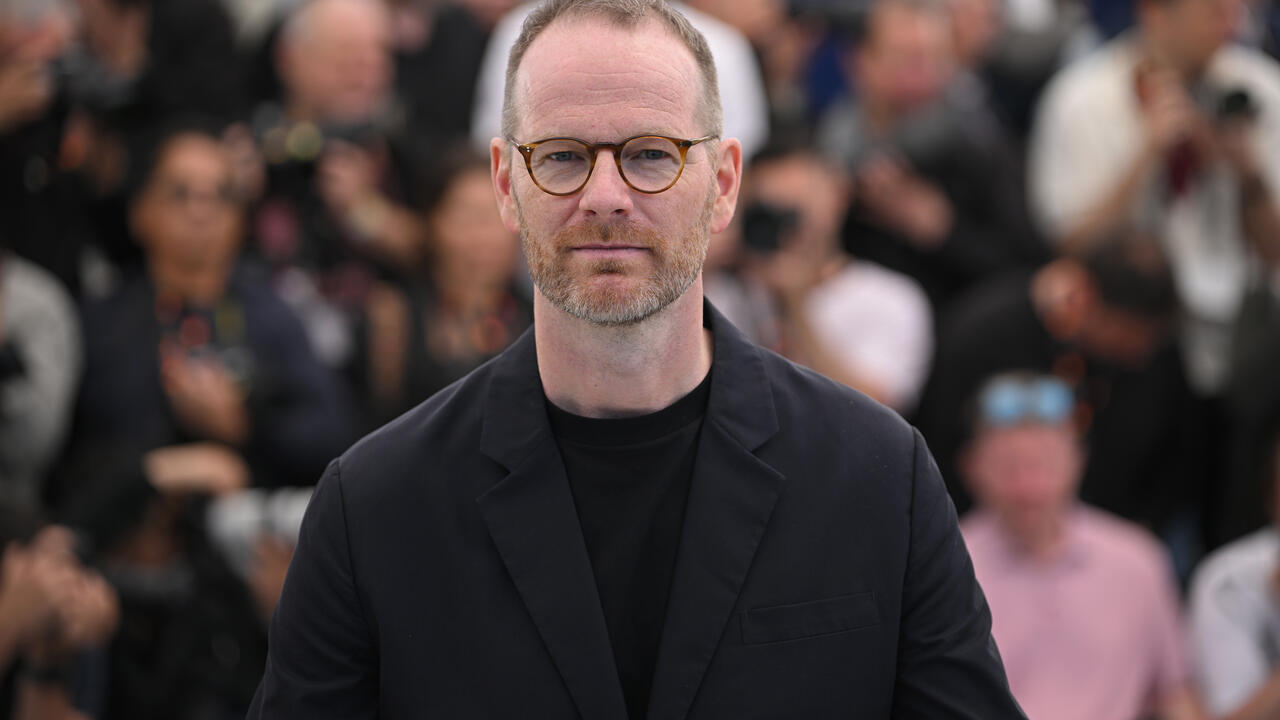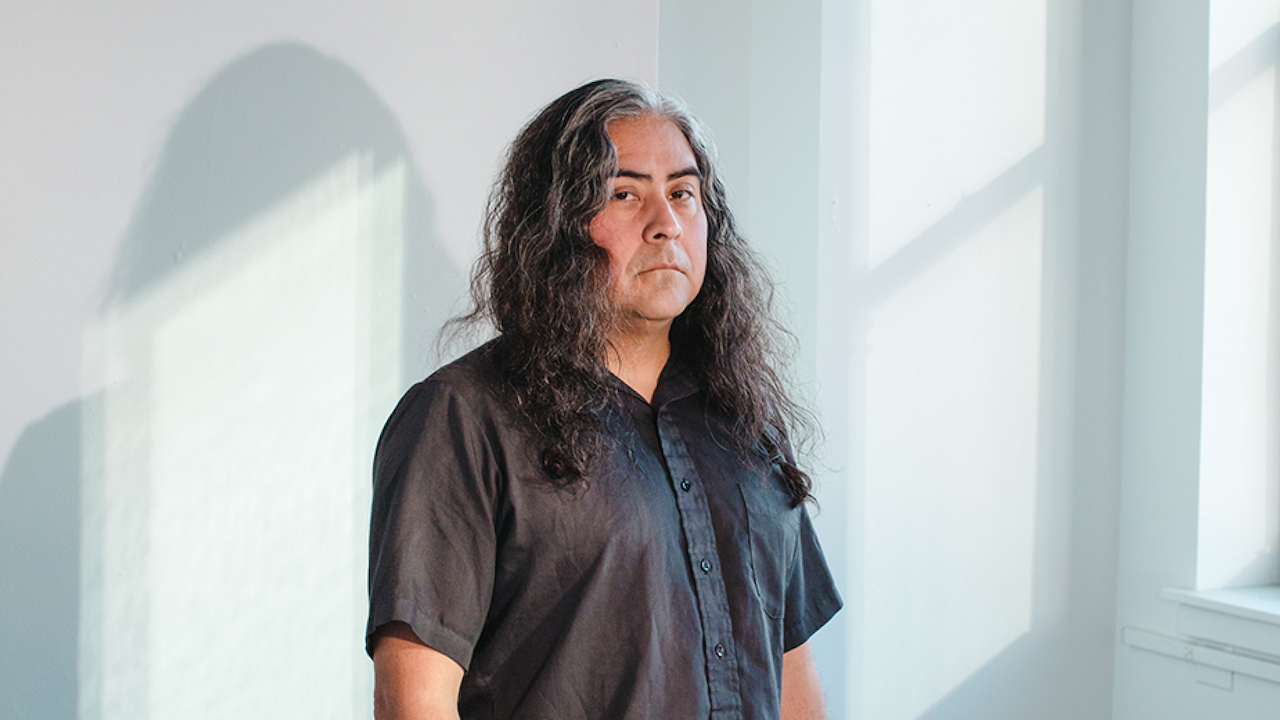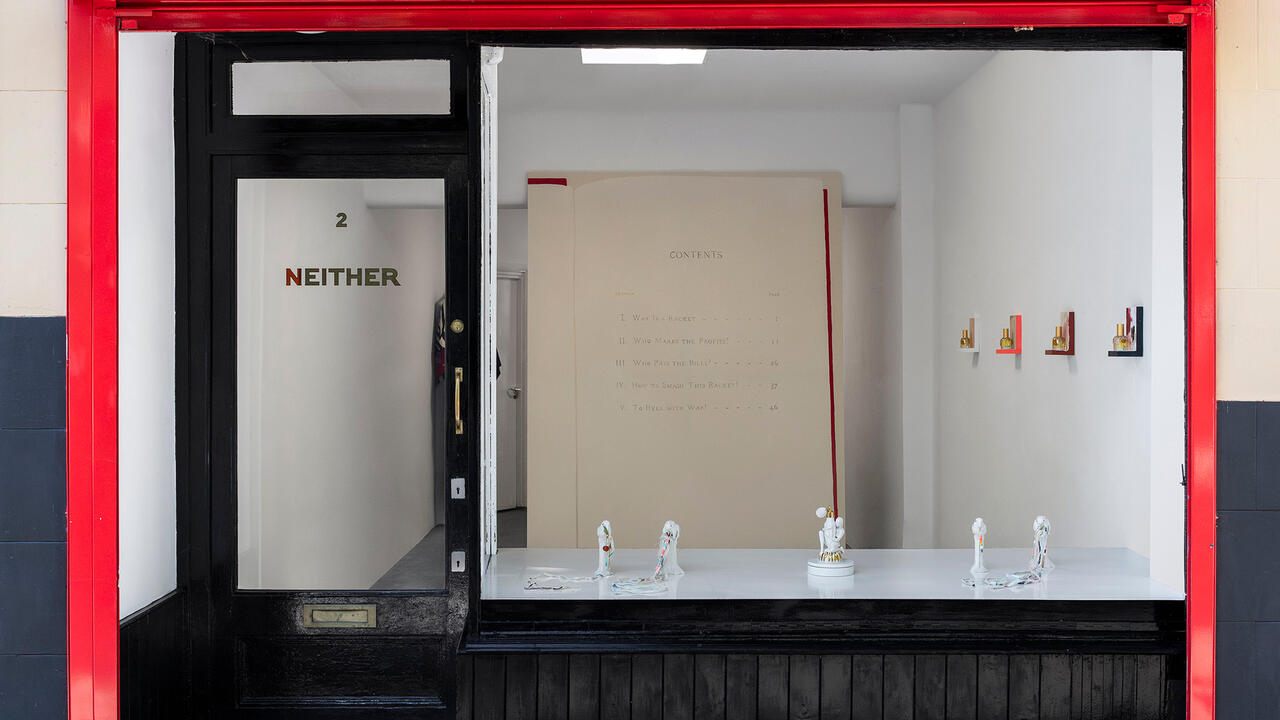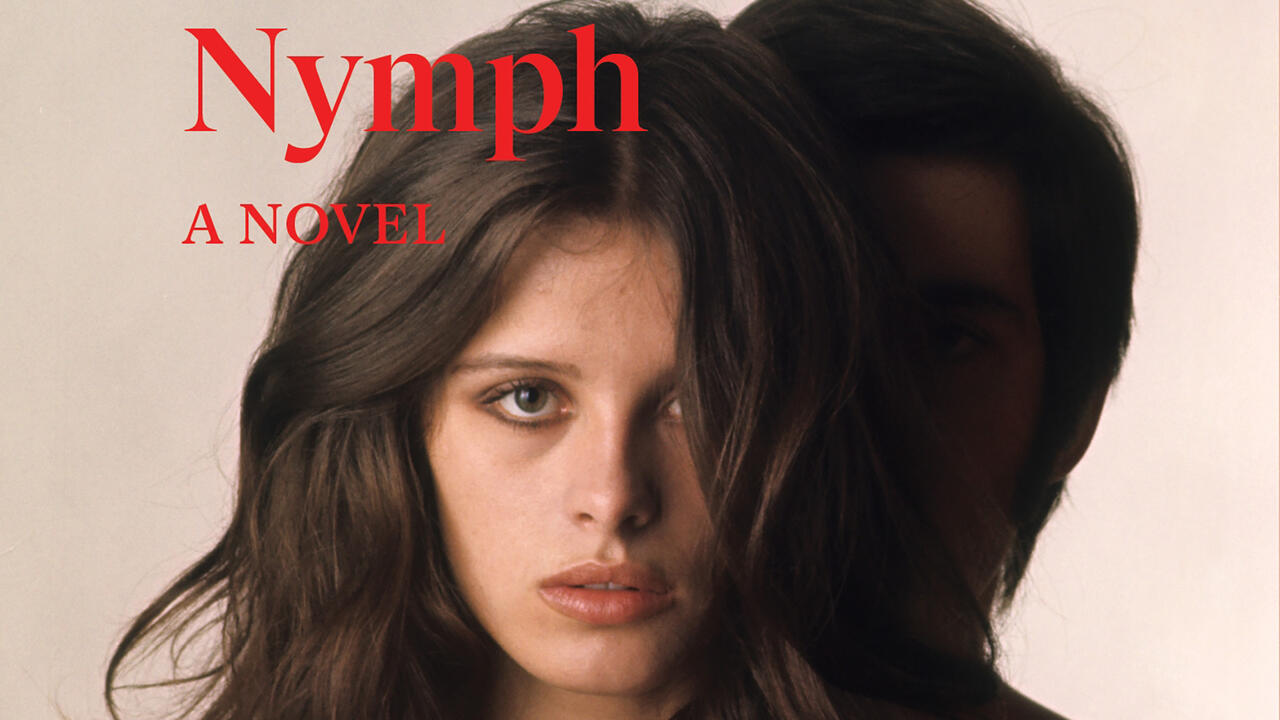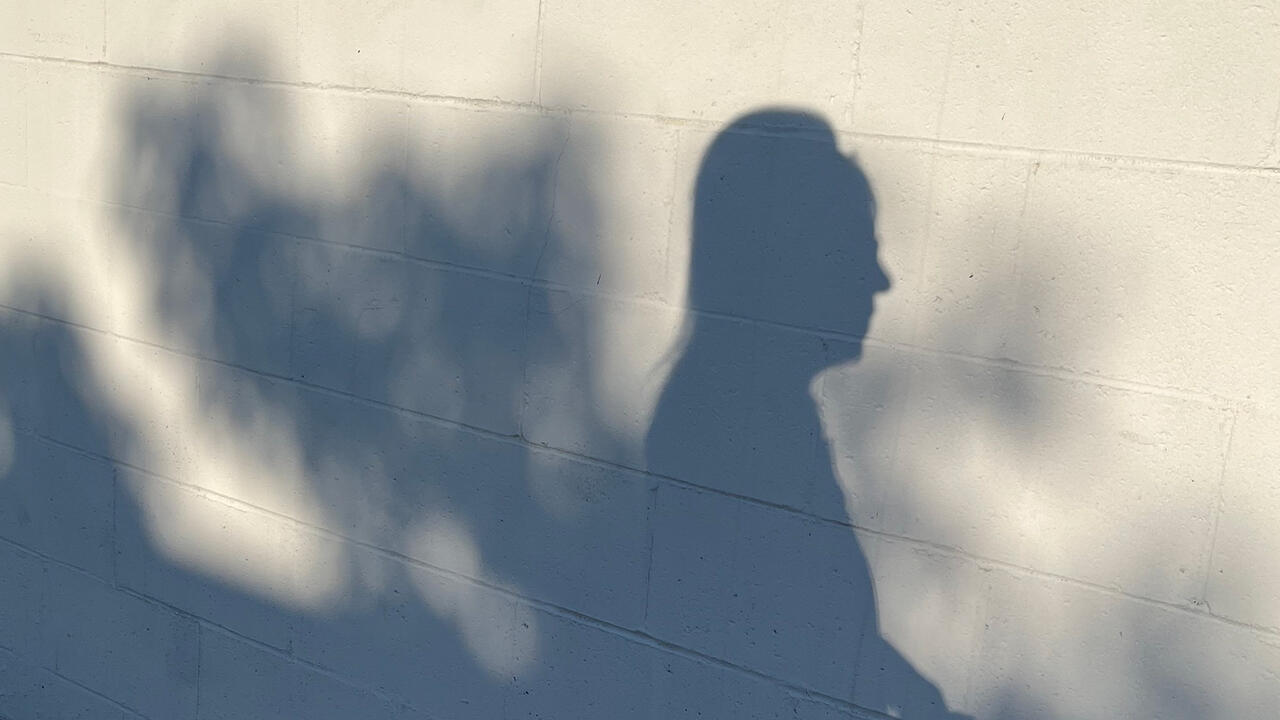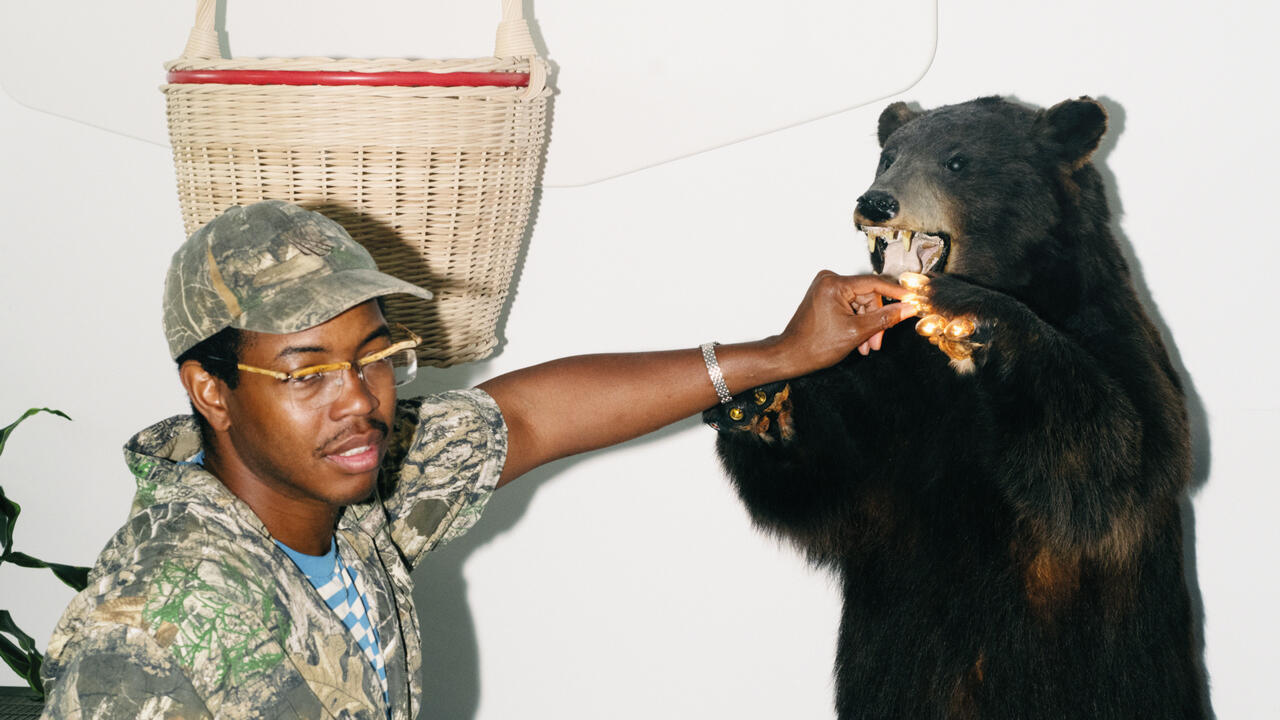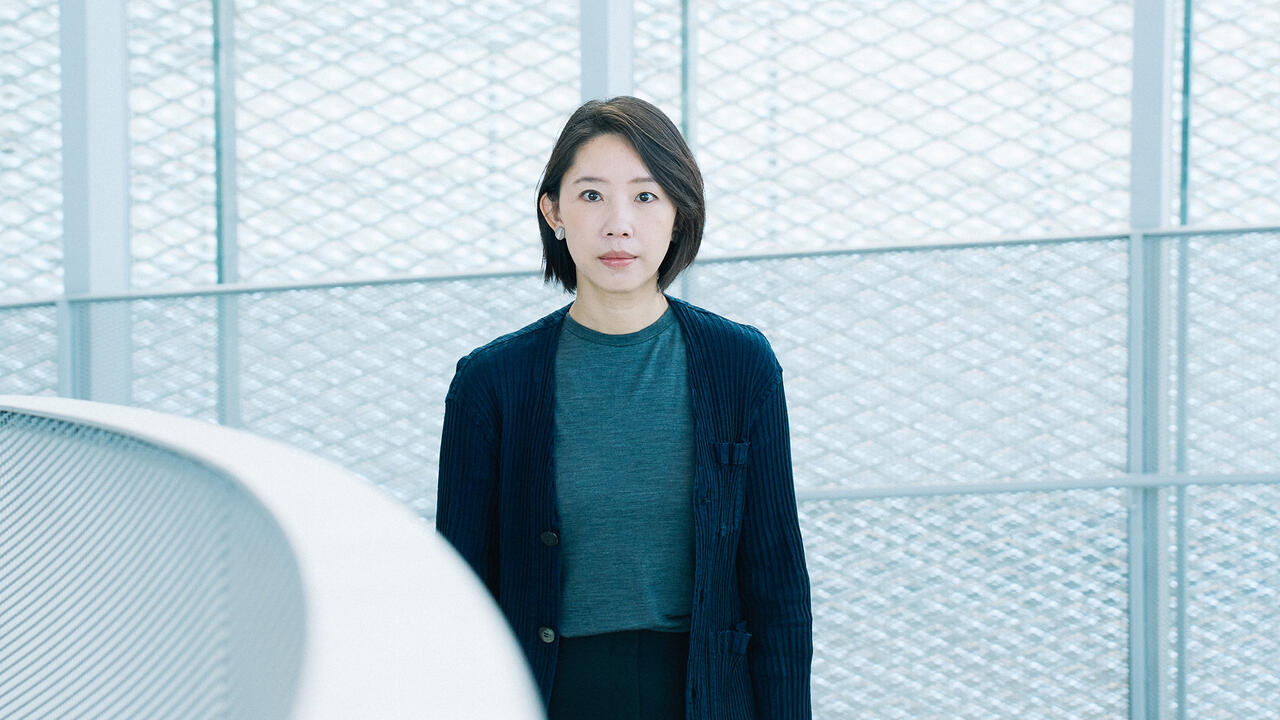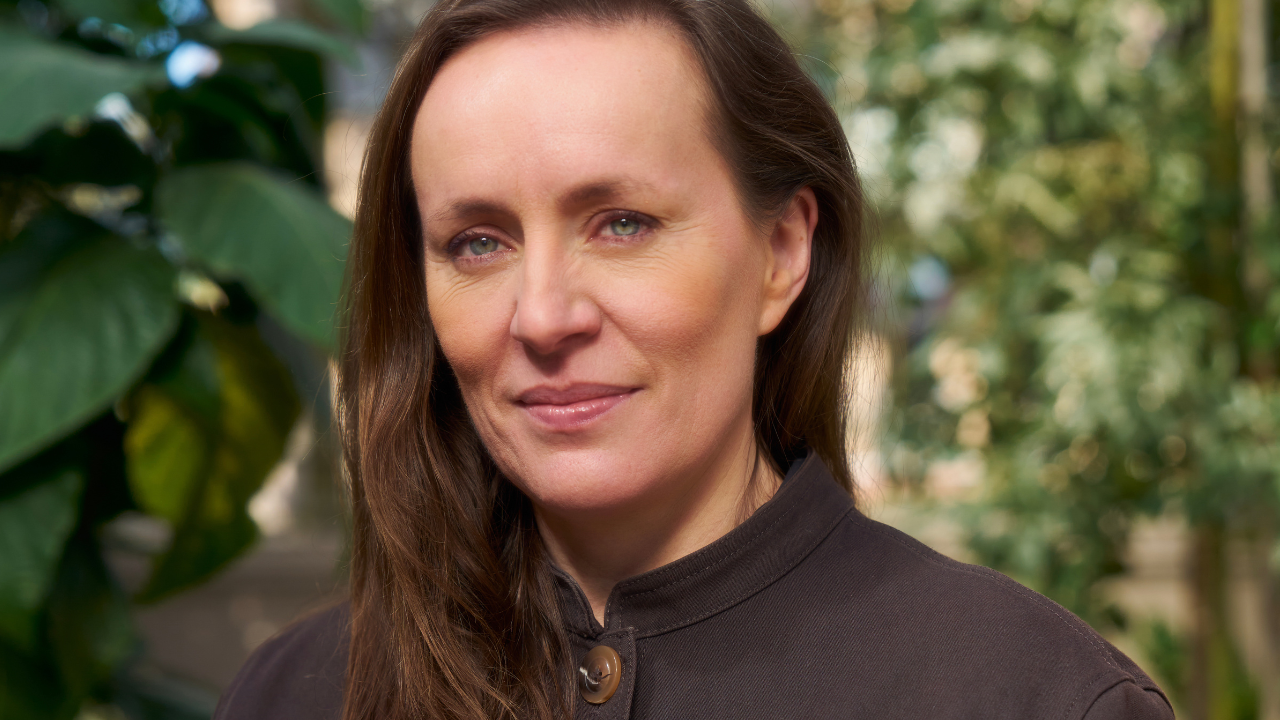‘Emotion Should Have a Comeback’: Filmmaker Beatrice Gibson on Feminism and Family in Fragile Times
The artist’s films at Camden Arts Centre evoke anxiety in the face of world events and the tenderness of collective living
The artist’s films at Camden Arts Centre evoke anxiety in the face of world events and the tenderness of collective living

London-based filmmaker Beatrice Gibson’s new work, which is part of the exhibition ‘Crone Music’ opening at Camden Arts Centre this week, conveys the fragile, complex and emotional condition of our moment. Shot on a combination of 16mm film and digital video, the films I Hope I’m Loud When I’m Dead (2018) and Deux soeurs qui ne sont pas soeurs (Two Sisters Who Are Not Sisters, 2019) evoke a sense of confusion and anxiety in the face of world events, but they also celebrate the transformative capacity of family and the tenderness of collective living. For the past decade, Gibson has drawn on strategies from modernist and experimental composition and writing. Her new films expand this range of influences to include a distinctly feminist lineage, and feature poets CAConrad, Eileen Myles and Alice Notley alongside a cast of performers and artists who are also her friends.

Ellen Mara De Wachter: How do these new films mark an evolution in your practice?
Beatrice Gibson: About three years ago when I started on this new work, I gave birth to my daughter, and on my maternity break I read a lot of poetry. It was around the time of #MeToo and I was aware that all my former references were male modernist giants from experimental composition – apart from Pauline Oliveros, who is now a central figure in my work. The exhibition takes its the title from her 1990 album Crone Music, her music is in the soundtrack to I Hope I’m Loud When I’m Dead, and Adam Christensen who appears in Deux soeurs qui ne sont pas soeurs plays the accordion, which was Oliveros’s primary instrument. Oliveros made feminism explicit, with deep listening sessions and collective work. But the interesting thing about the canon of experimental composition and people like Cornelius Cardew is that even though they are white and male, you can look at their practice from a feminist perspective. They didn’t deal with feminism and it wasn’t on their horizon but the collective nature of their work, its compositional and structural forms, can be seen as feminist and it’s not much of a leap to rewrite it from that angle.
EMDW: When you realised that your inspirations were mainly modernist male figures, what was your reaction?
BG: I felt slightly sad for the younger woman that I was, for only being offered those things. I’m obviously active in what I find, but that was the landscape then. This new work started at a serendipitous time, not only in terms of what was going on in the world, but also having a baby. There’s nothing like having kids to turn you into a mega-feminist! Things that you’re not aware of until that point come into sharp relief. I come from a very privileged, white background so everything felt accessible to me until then. Becoming a mother shows up glaring inequalities, however you look at it.

EMDW: In both new films, you have worked with literature: by featuring living poets Eileen Myles, CAConrad and Alice Notley in the films, and by quoting dead ones, such as Audre Lorde and Adrienne Rich. And Deux soeurs qui ne sont pas soeurs is based on a 1929 film scenario of the same title by Gertrude Stein. What draws you to working with literature, and poetry in particular?
BG: Around the time I started on these works, poetry and the art world were having a flirt. I was reading a lot of poetry and meanwhile the world was collapsing, so it seemed like a healthy thing to be doing in contrast to refreshing the news every 30 seconds. I have always been interested in experimental literature (my film The Future’s Getting Old Like The Rest Of Us (2010) was inspired by BS Johnson) and in Gertrude Stein. Stein is the godmother of everything, in my opinion. Looking at experimental modernist composition, she is so often there in the background, and anything she writes is somehow about her everyday life, although it is usually heavily abstracted. Deux soeurs qui ne sont pas soeurs is a page-long script about her and Alice B. Toklas, and their poodle, called Basket.
EMDW: You have expanded it, adding the theme of motherhood and pregnancy. How did that happen?
BG: That was by chance. We shot Deux soeurs qui ne sont pas soeurs in April last year and I finished the edit in October. I always had in mind that it would be a representation of the people in it, because I cast it with from own community. Suddenly two of the performers, Basma Alsharif and Diocouda Diaoune, became pregnant. It was serendipitous, but in retrospect, Stein’s script is autobiographical so it makes sense that my film was also a reflection of the lives of the people in it. It was important to me that the focus on pregnancy not be saccharine; it’s an ethical relationship that is interesting to push out into questions of how to be in the world.

EMDW: Do your collaborations with members of the cast pre-exist these films?
BG: They are friendships rather than formal collaborations. We didn’t conceive the films together, but we collaborated through open discussion on certain aspects, such as their roles. That’s where the modernist composition influence comes in: I work in an open-ended way, leaving things to chance and letting many voices help construct the work. I am also interested in the process of citation. The art world, historically, has not been great about citing the people, relationships or things that go into a work. We all make work within certain contexts, and in conventional film production roles are clearly defined and people get credit for what they do. I think that’s valuable and is the way it should be.
EMDW: I Hope I’m Loud When I’m Dead is strikingly multigenerational, with the presence of dead writers and composers alongside performers of various ages. How have you handled these themes?
BG: At the end of the film, I read a letter to my daughter Laizer, in which I tell her ‘I wanted to put all these voices in one frame for you’. It’s a love letter to her, written in 2016 when everything seemed to be in crisis and I was shocked by the situation with Brexit and Trump. Poetry gave me solace, and I was trying to put all those voices, especially the female ones, together to transmit to her. There’s a feminist history of writing letters to one’s children, for example Bernadette Mayer’s collection of poems The Desire of Mothers to Please Others in Letters (1994), written when she was pregnant.

EMDW: Your new work does not shy away from intense emotion, for example with the final scene of I Hope I’m Loud When I’m Dead, a homage to the famous ending of Claire Denis’s 1999 film Beau Travail, in which the actor Denis Lavant dances to The Rhythm of the Night by Corona. You perform the dance with your son; how did that come about?
BG: One day my son Obie came into my office and watched that scene, and he went wild. For about two months we did the ‘Denis Lavant’ routine every morning. I was thinking about how to finish the film and I realised that was it. It’s a great scene to perform, because it’s performing letting go: I had to be totally free and abandon myself. I think emotion should have a comeback – maybe it already is having one. I like making films because I like going to the cinema and getting popcorn and crying. I want my work to do that, and it has high production values for that reason. I like beautiful, emotional things, and I think they can be made critically.
Beatrice Gibson, ‘Crone Music’, runs at Camden Arts Centre, 18 January – 31 March 2019
Main image: Beatrice Gibson, Deux Soeurs Qui Ne Sont Pas Soeurs (Two Sisters who aren’t Sisters), 2018, film still. Courtesy: the artist








